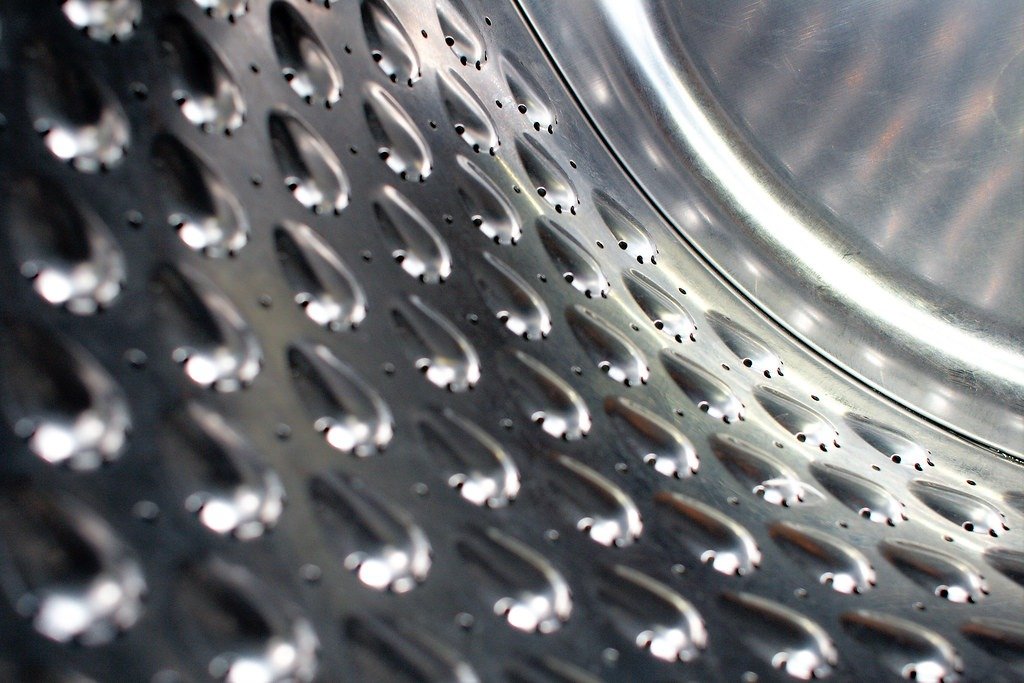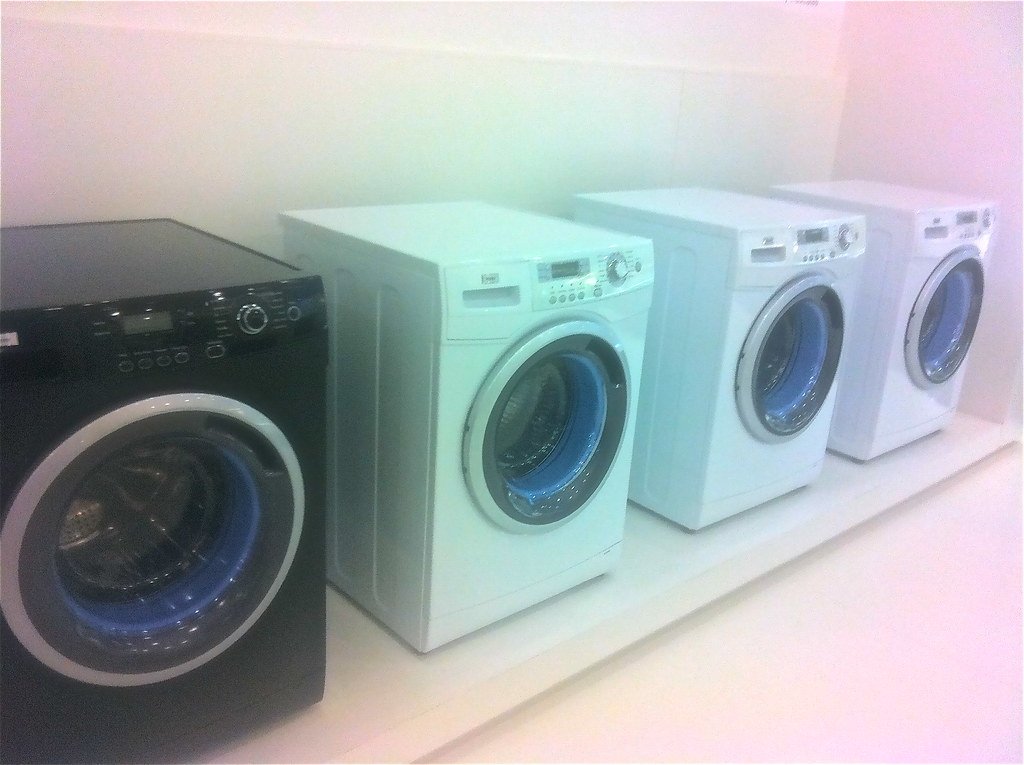
Nothing is more irritating than turning on your oven to cook only to find out it doesn’t work properly. While this could have various causes, most issues can usually be remedied easily.
As soon as your oven arrives, ensure it is plugged in and that its power switch hasn’t been accidentally toggled off.
1. The Burner Isn’t Working
Ovens are an indispensable kitchen appliance, yet when they stop working properly it can be extremely frustrating. Luckily, fixing most oven issues can usually be done at home in just a matter of hours.
If your oven won’t heat, begin by making sure it is plugged into an operational outlet providing sufficient power (for electric ovens, this would mean 240-volt). If that fails to solve it, make sure the electrical circuit breaker hasn’t blown a fuse and go from there.
Checking your heating elements and temperature sensor to make sure they’re functioning is also possible. Preheat your oven to the desired temperature, visually inspect each heating element to see if it glows red; otherwise it could be worn out and should be replaced. You can use an ohmmeter to test its resistance as you increase oven temperatures.
If the issue persists, it could be an indicator that your gas valve is misfiring – in which case, consult your manual to locate and replace the burner assembly.
2. The Temperature Sensor Isn’t Working
Have a problem with an oven that doesn’t heat evenly can be an inconvenience, but luckily it’s one of the easiest appliances to fix. Sometimes the solution involves moving racks around or purchasing new cookware; other times your oven might require calibration.
No matter if it is electric or gas ovens, over time the heating elements and temperature sensor may become defective. To test if they’re working as intended, preheat your oven and do a quick visual inspection; if they aren’t glowing red they should be replaced and an ohmmeter may also help determine resistance fluctuations due to temperature rise in sensors.
if the sensor resistance doesn’t rise with internal temperature, this indicates it’s not functioning as intended and likely points towards an issue between it and your oven’s control board. You may be able to perform this repair yourself by disconnecting power, taking off covers and relocating sensor back where it belongs; otherwise it would be wiser to call in an appliance repair expert who can disassemble and install sensor in minutes!
3. The Door Isn’t Opening
Ovens see plenty of use, so it isn’t uncommon for them to experience problems from time to time. Before calling in a professional or purchasing an entirely new oven, first check whether there’s a simple fix you can complete yourself.
One of the most annoying oven issues is having an oven door that refuses to open or close properly, posing serious safety concerns and potentially leading to burnt food or improper cooking results. This issue could be due to heat leaking through, dirt on hinges and seal or seal corrosion preventing proper function.
If your oven won’t open and you aren’t sure why, unplug and turn off its gas if it is a gas oven before trying to open it with manual means. Pull straight up and out on its handle before inspecting the hinges for damage and tightness – replacement hinges may be found in your bottom drawer and follow your oven-range combo’s instructions for their installation and removal before replacing them.
As heating elements can quickly wear out with use, another common oven issue is when their heating elements break or wear out over time. Luckily, switching them out is an incredibly straightforward DIY project: all it requires to unplug your oven, disconnect wires and unscrew covers/screws before installing replacement elements and reconnecting electrical connections is to unplug, disconnect all wires and unscrew covers/screws before replacing elements and reconnecting electrical connections reconnected after installing replacement elements.
4. The Relay Isn’t Working
Uneven oven baking can be an enormous hassle, often caused by malfunctioning heating elements and temperature sensors. To examine these components, preheating your oven and watching to see if either its heating elements (in electric ovens) or igniter (in gas ovens) light up as intended; otherwise you may need to follow your owner’s manual’s instructions in order to calibrate these.
Uneven cooking could also be caused by trays that aren’t clean enough. Trays reflect heat well; if they become covered with thick stains, heat won’t bounce off and cook your food evenly. In order to address this issue, consider cleaning or replacing your trays for optimal results.
If your oven doesn’t operate its self-cleaning cycle, there may be an issue with the door lock motor and switch or control board of your oven preventing this process from running; these should all be checked out by a professional appliance repair specialist before continuing.
Maintaining regular maintenance and knowing when it is necessary to call in professionals can help prevent more expensive problems with your oven. But sometimes even with the best intentions, repairs require professional expertise; in such instances contact Service Care immediately!


